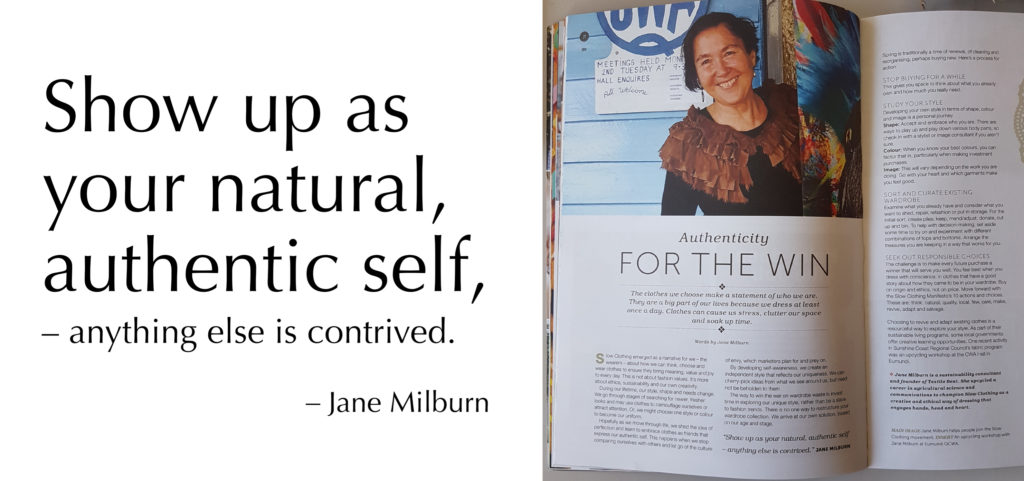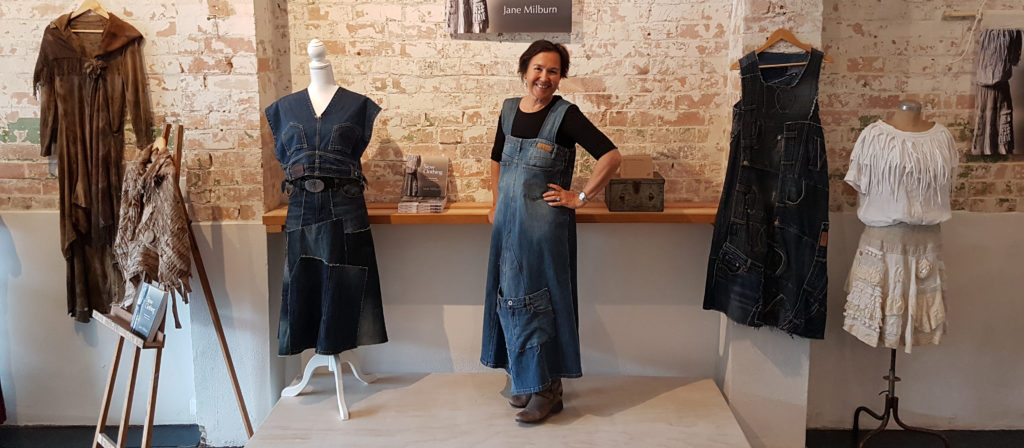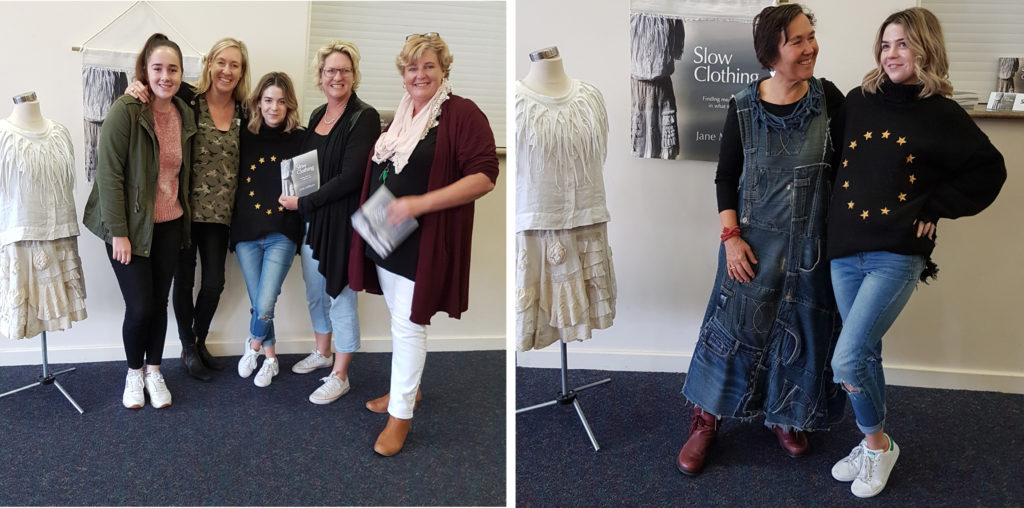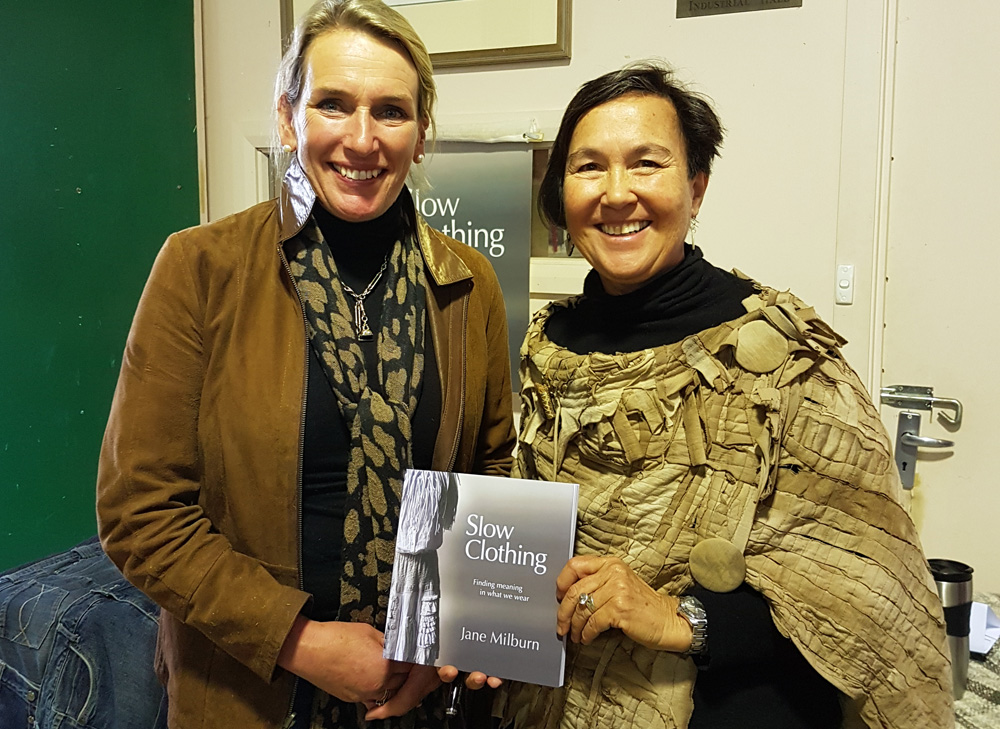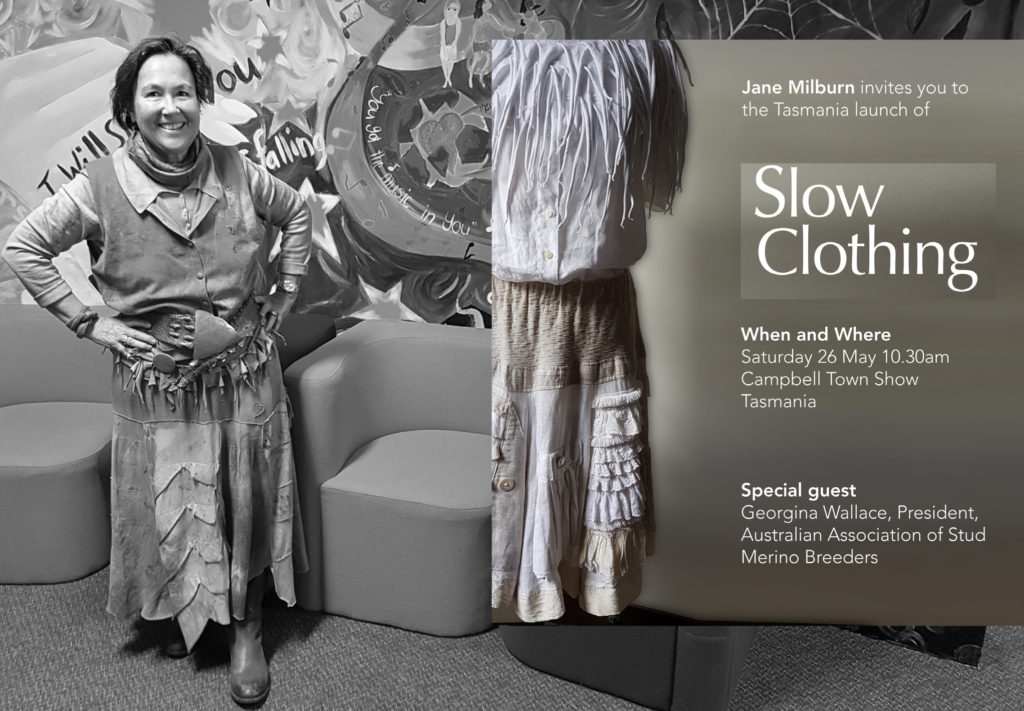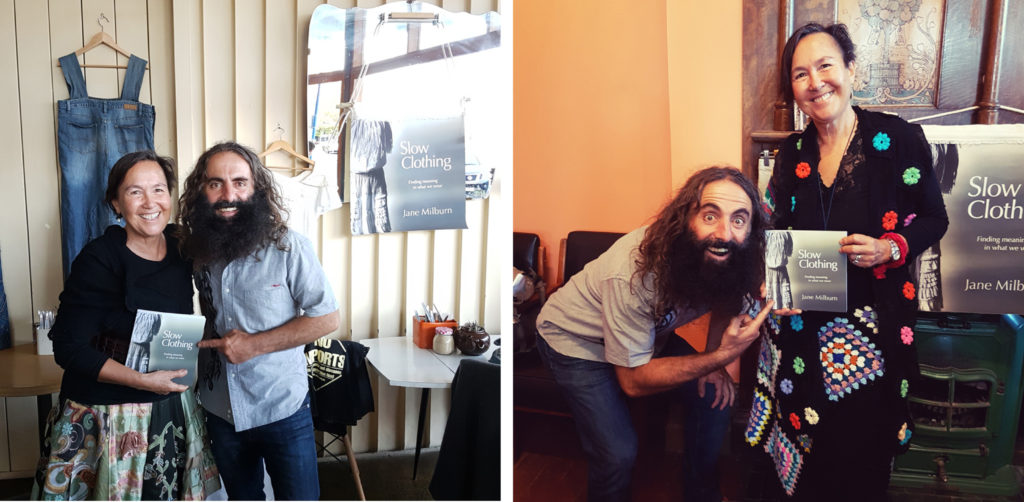Clothes are made from three fibre types – synthetic fibres, reconstituted cellulose fibres and natural fibres – or blends of these.
Synthetic fibres – polyester, acrylic and nylon – are derived from petroleum and are a type of plastic. While cheap to produce synthetic fibres shed microplastic when washed, don’t breathe and research shows they are likely to harbour more bacteria and odour than natural fibres. Synthetics also gather static electricity and may cling to your body in uncomfortable and embarrassing ways.
Reconstituted cellulose fibres – such as viscose, rayon, bamboo, lyocell and tencel – while manmade are derived from plants and wood and therefore more natural then synthetics. They have design advantages, are comfortable to wear and easy care but there are concerns about chemicals used in their production.
Natural fibres – cotton, wool and linen – tend to be more expensive and water-intensive to produce, therefore we should treasure them until they wear out. Cotton is the dominant natural fibre. Seek out sustainable and organic cotton where you can. Linen is one of the greenest fibres but often out of favour because it wrinkles (wash, shake, hang to dry and wear without ironing). Hemp is less readily available, but equally as green as linen (if not more so). Animal fibres like wool, alpaca, cashmere and silk are expensive and need a little extra care but will last a long time and wear well between washes.
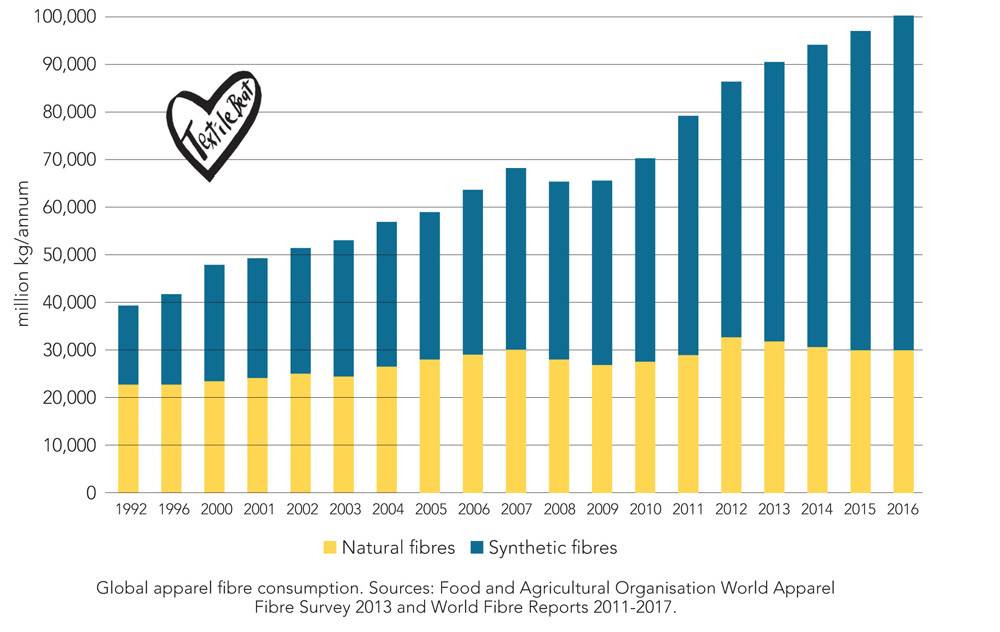 Continue Reading →
Continue Reading →

